
May 12, 2014, by Constanza Ahumada
INNOVATE Launch Event
After almost 6 months since the INNOVATE adventure began, it was finally time to launch the project. As each individual INNOVATE team member is aligned to an industrial partner, with which we will spend 6 months on an industrial placement, it was decided that a good way to launch the project would be to invite all the companies involved to The University of Nottingham and introduce them to INNOVATE formally. Therefore, on 10th and 11th April we received people from all over Europe, representing companies and institutes such as Rolls Royce, Avio, Airbus, Sintef, Airlight Energy, Nafems and Cenaero.
Nicolas Schneider presenting to the associated partners.
On the first day we welcomed our guests at midday with a lunch before introducing them first to the INNOVATE project itself, presenting each of our individual investigations along with the plan for their eventual integration into a virtual aircraft.
Sara Roggia receiving our guests.
As the day went on, we presented our current work: the UAVs. The introduction of our fixed wing UAV, Explorer, and our multi-rotor UAV, Bumblebee was a true success. Our guests could not stop asking about them and making suggestions for future improvements. They were quite happy when they saw the image recognition working live, and the videos of Bumblebee and Explorer flying and searching for their targets.
The rotary (left) and fixed-wing (right) UAVs.
Christofas Stergianos presenting the image recognition software.
To finish the first day of the INNOVATE launch event, everybody went for dinner. This proved to be a great opportunity to continue talking about our projects but in a more informal environment.
Launch event dinner
On the second day of the event, we introduced our industrial partners to three different laboratories within The University of Nottingham which are currently being used by members of the INNOVATE team to develop our projects: EPSRC, GRACE, and PEMC.
The EPSRC Centre for Innovative Manufacturing in Additive Manufacturing is a 320 m2 facility, in which The University has invested over £2M in equipment and refurbishment. Equipment in this facility includes Selective Laser Melting systems for metal printing, Fusion Deposition Modeling and Selective Laser Sintering for polymer printing and inkjet-based printers for multifunctional, multi-material and nanoscale applications.
An example of 3D-printed prosthetic arm developed and produced at the EPSRC Centre for Innovative Manufacturing in Additive Manufacturing
The Nottingham Geospatial Building is part of the GNSS Research Applications Centre of Excellence (GRACE) and provides a comprehensive environment for the simulation, research and development and testing of GNSS, Position, Navigation and Timing and geospatial applications.
The building facilities include (among others) a GPS/Galileo RF signal simulation; an advanced GSS8000 hardware simulation system from Spirent Communications that allows comprehensive, repeatable and cost-effective multi-system, multi-constellation GNSS testing; and a Mobile Laboratory, that allows repeatable kinematic experiments in real-life conditions.

The Mobile Laboratory on the roof of the Nottingham Geospatial Building
The Power Electronics, Machines and Control Group (PEMC) has facilities for experimental work, including approximately 2500m2 of research space and a construction. Among the facilities there are: traction test rigs (up to 800kW); testing capabilities up to 270kVA using California Instruments power supplies; motor manufacturing facilities including precision EDM machines, VPI equipment, precision balancing, CNC machines; and calorimetric measurements and environmental chambers.
PEMC Laboratory
As you can see, this was a great occasion for showcasing The University’s facilities and for us to be able to garner feedback on our work from key players within the aerospace industry. We hope our guests enjoyed the event as much as we did!
No comments yet, fill out a comment to be the first

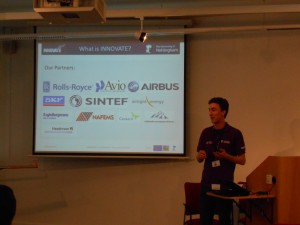
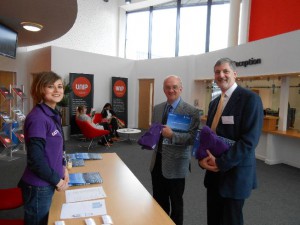
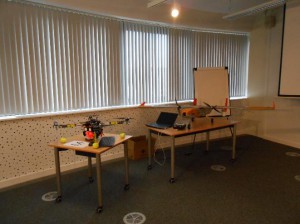
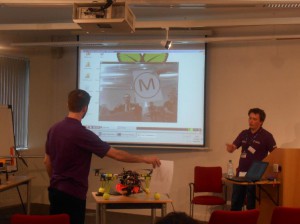
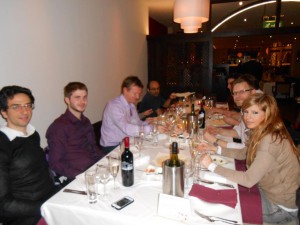
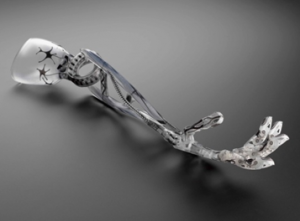
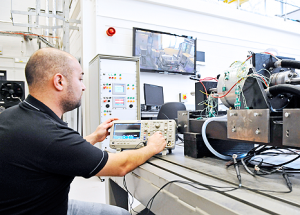
Leave a Reply